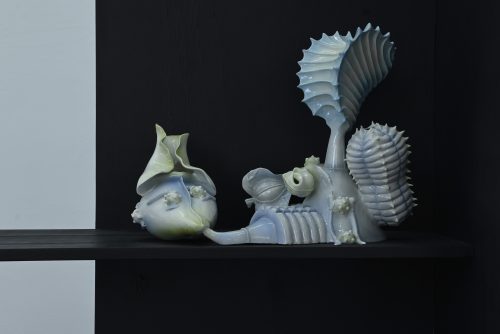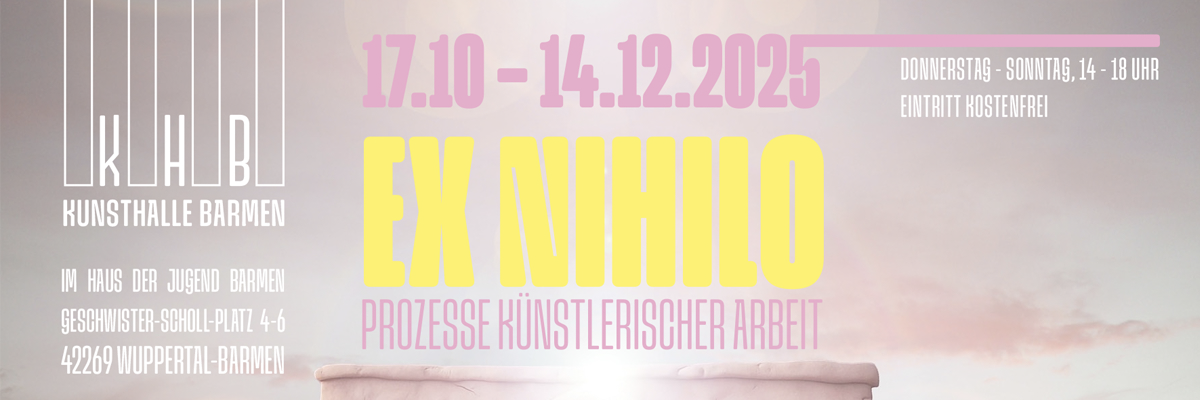
Jaewon Kim · Elisabeth Moch · Lena Mai Merle · Chiaohan Chueh
HOW TO GET OVER IT
Project Info
- 💙 Künstlerhaus Sootbörn
- 🖤 Jaewon Kim · Elisabeth Moch · Lena Mai Merle · Chiaohan Chueh
- 💜 Sasha Levkovich // Anne Meerpohl
- 💛 Jaewon Kim
Share on
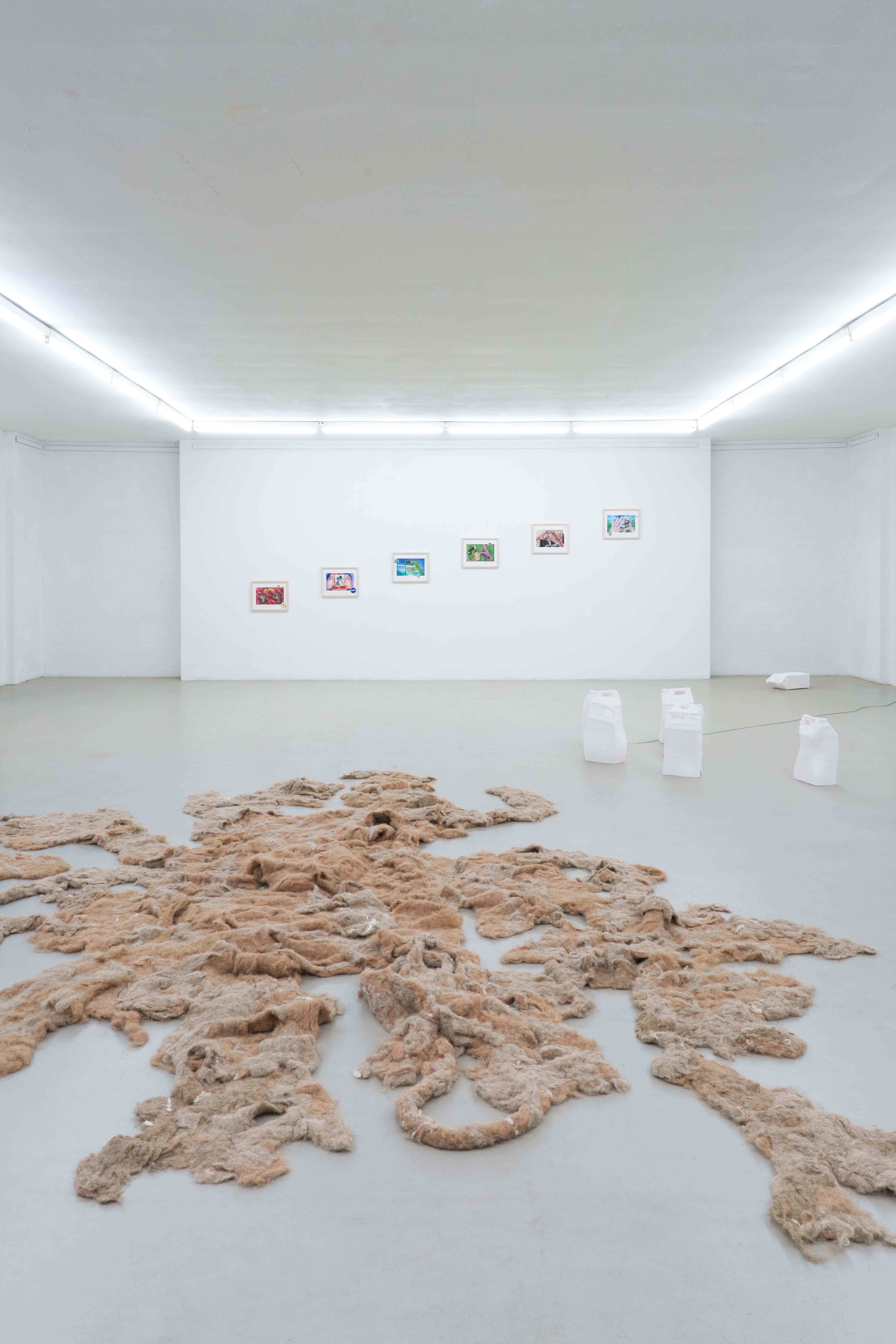
Exhibition View Elisabeth Moch, Lena Mai Merle, Jaewon Kim
Advertisement
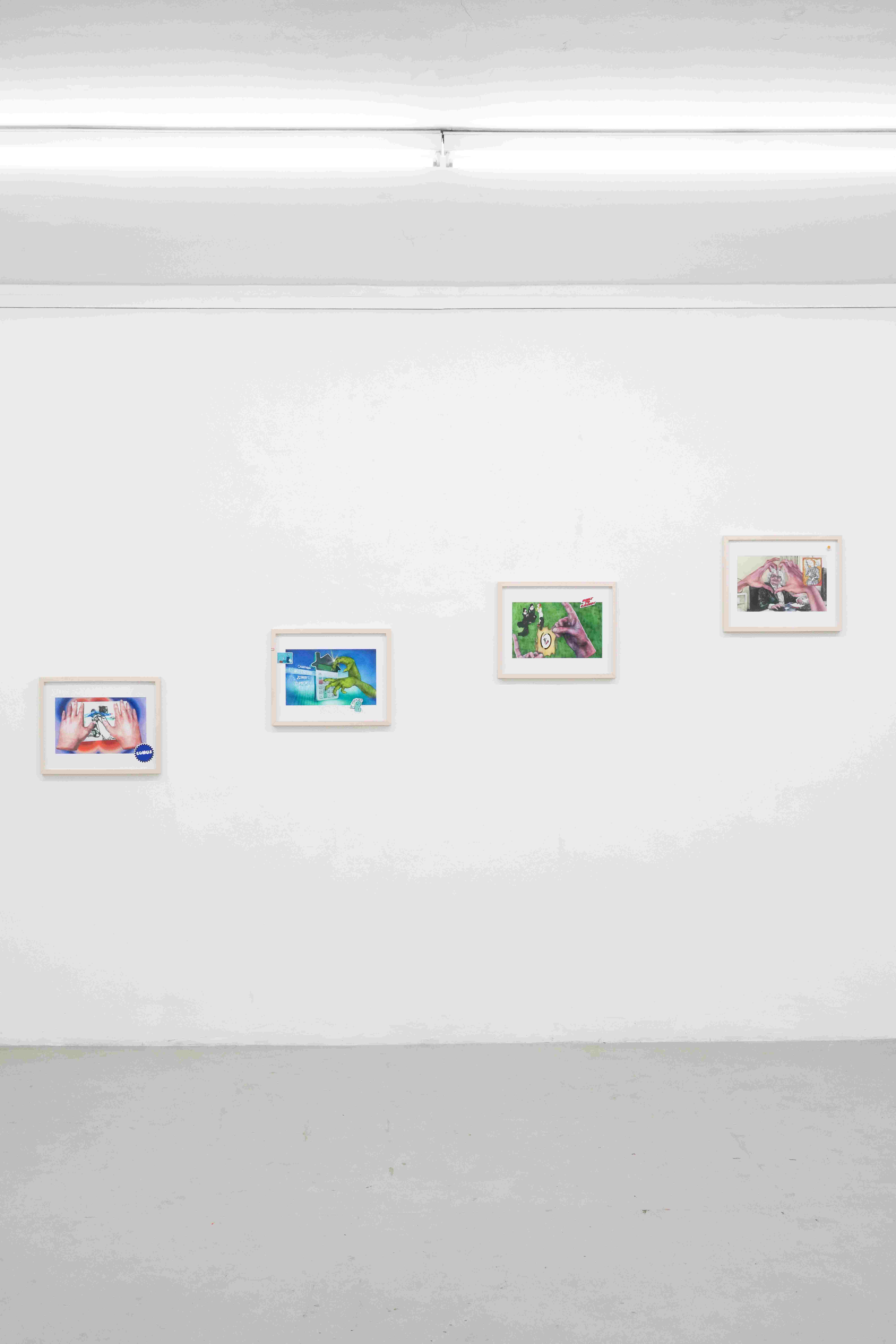
Lena Mai Merle
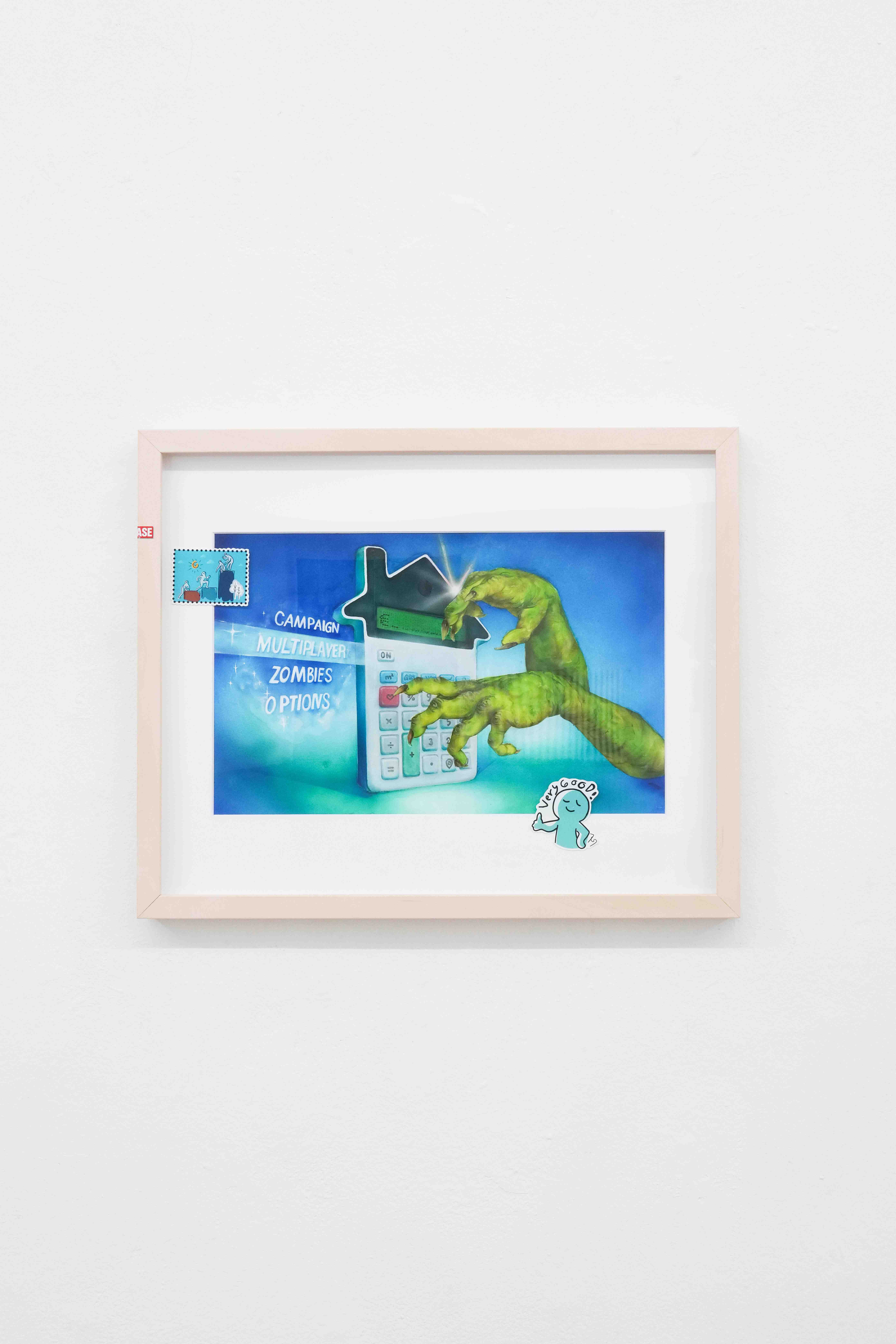
Lena Mai Merle
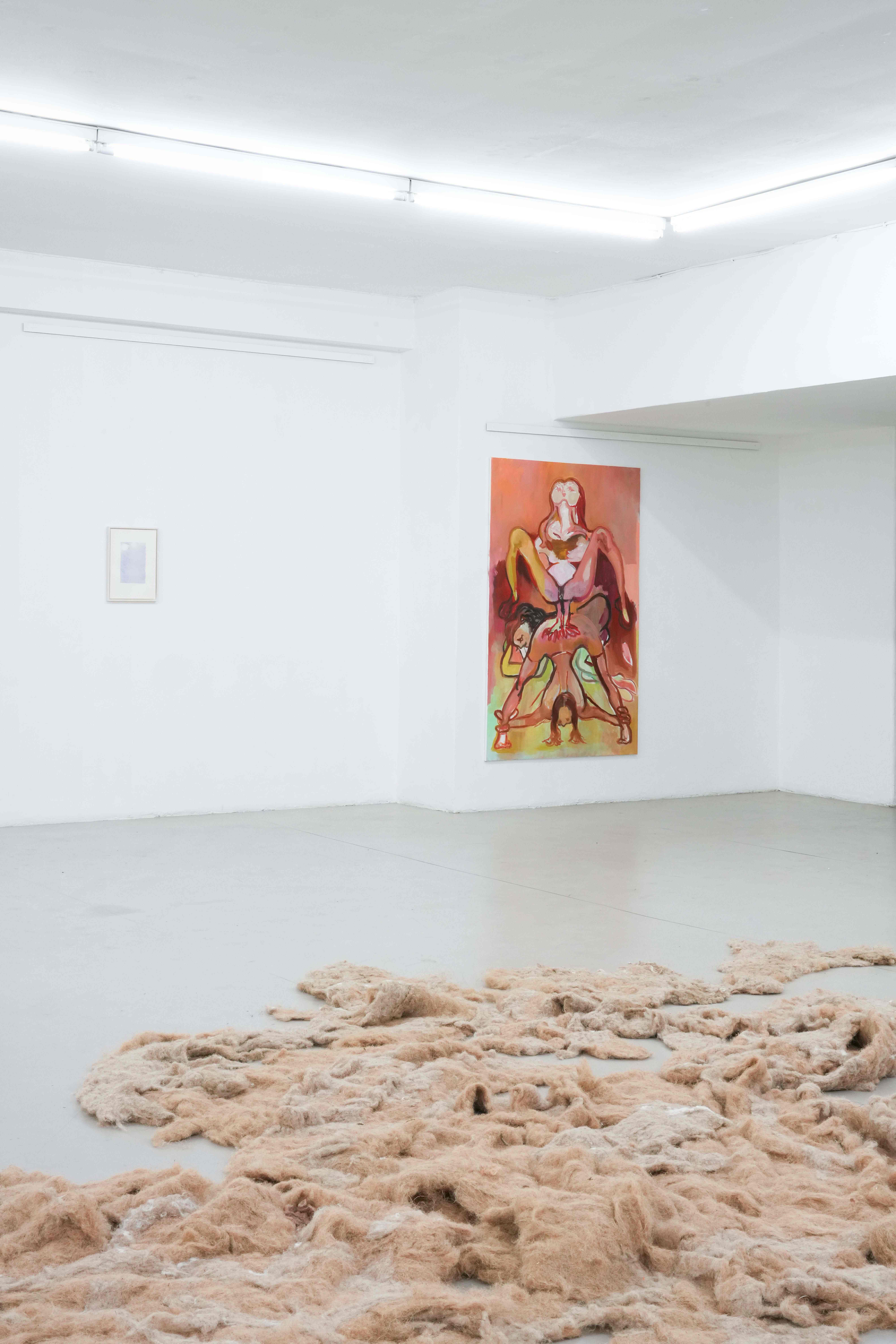
Elisabeth Moch and Chiaohan Chueh
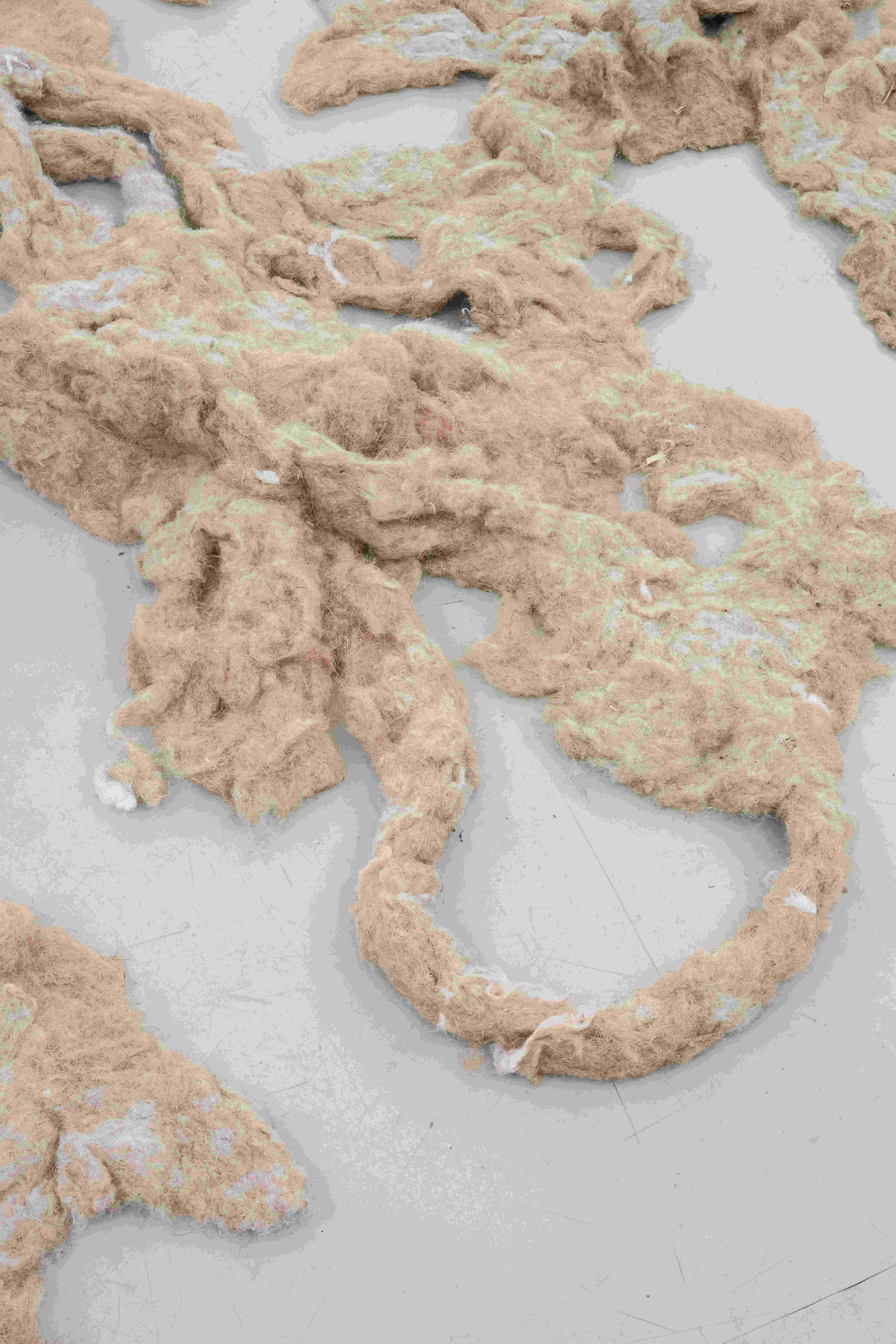
Elisabeth Moch
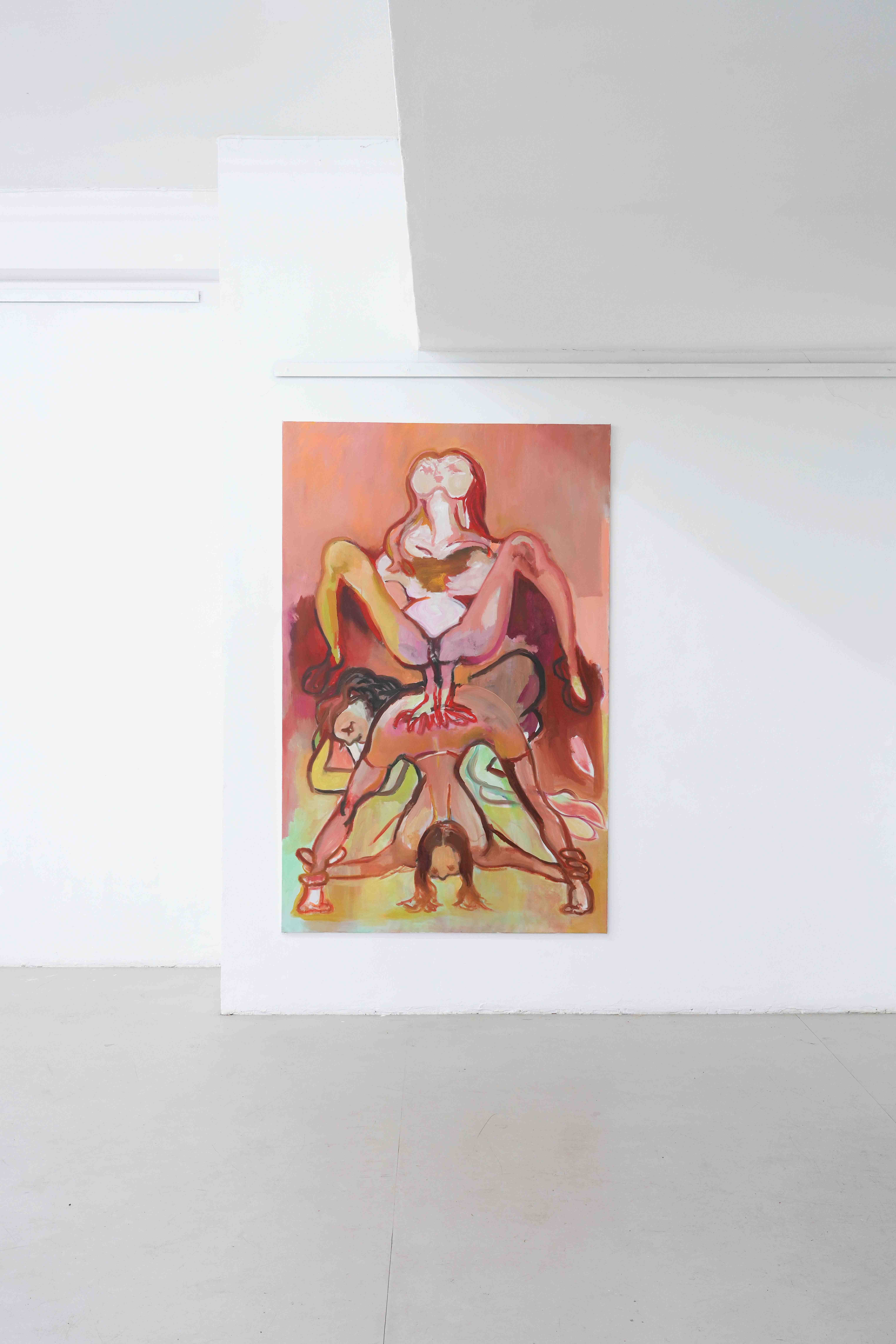
Chiaohan Chueh
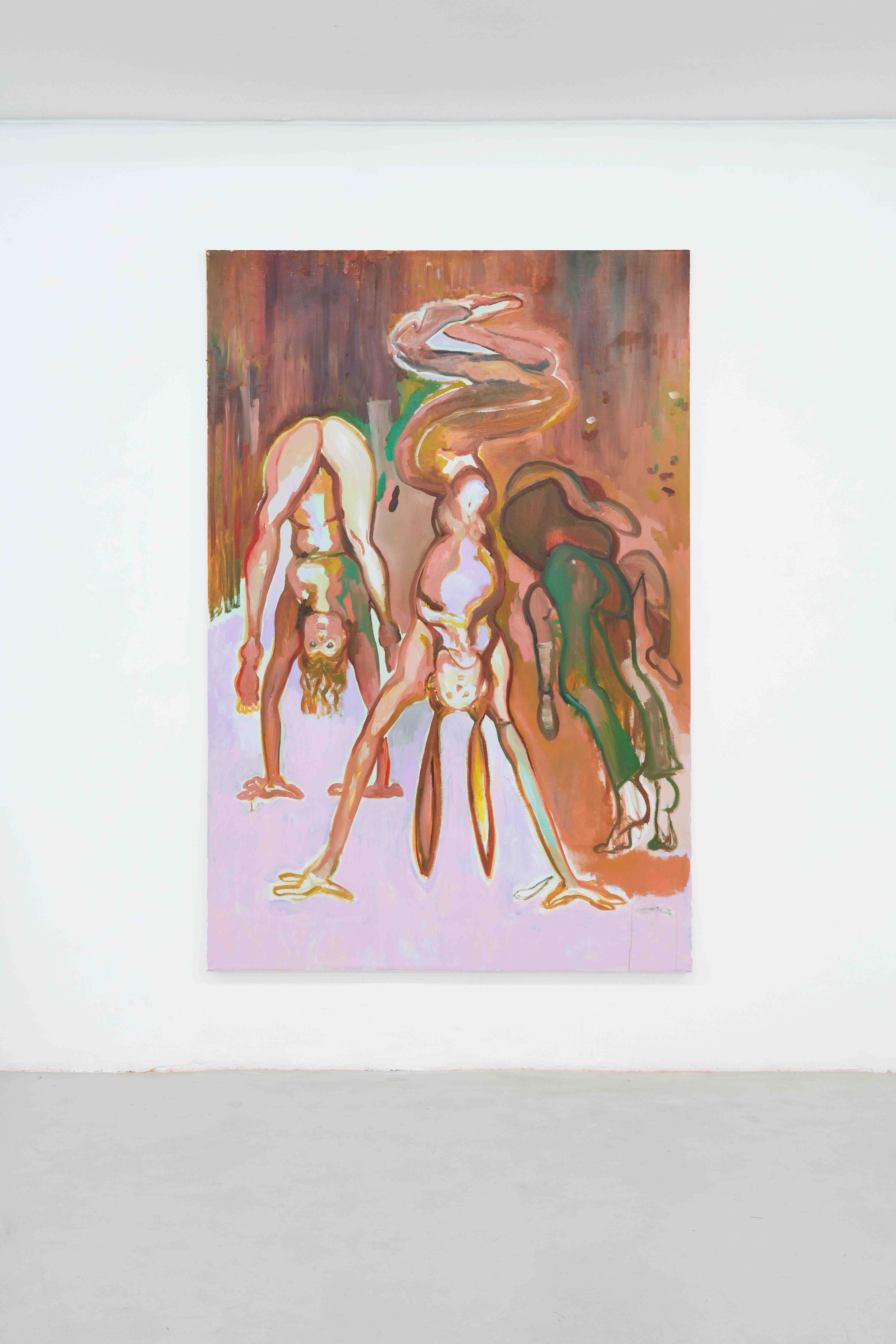
Chiaohan Chueh
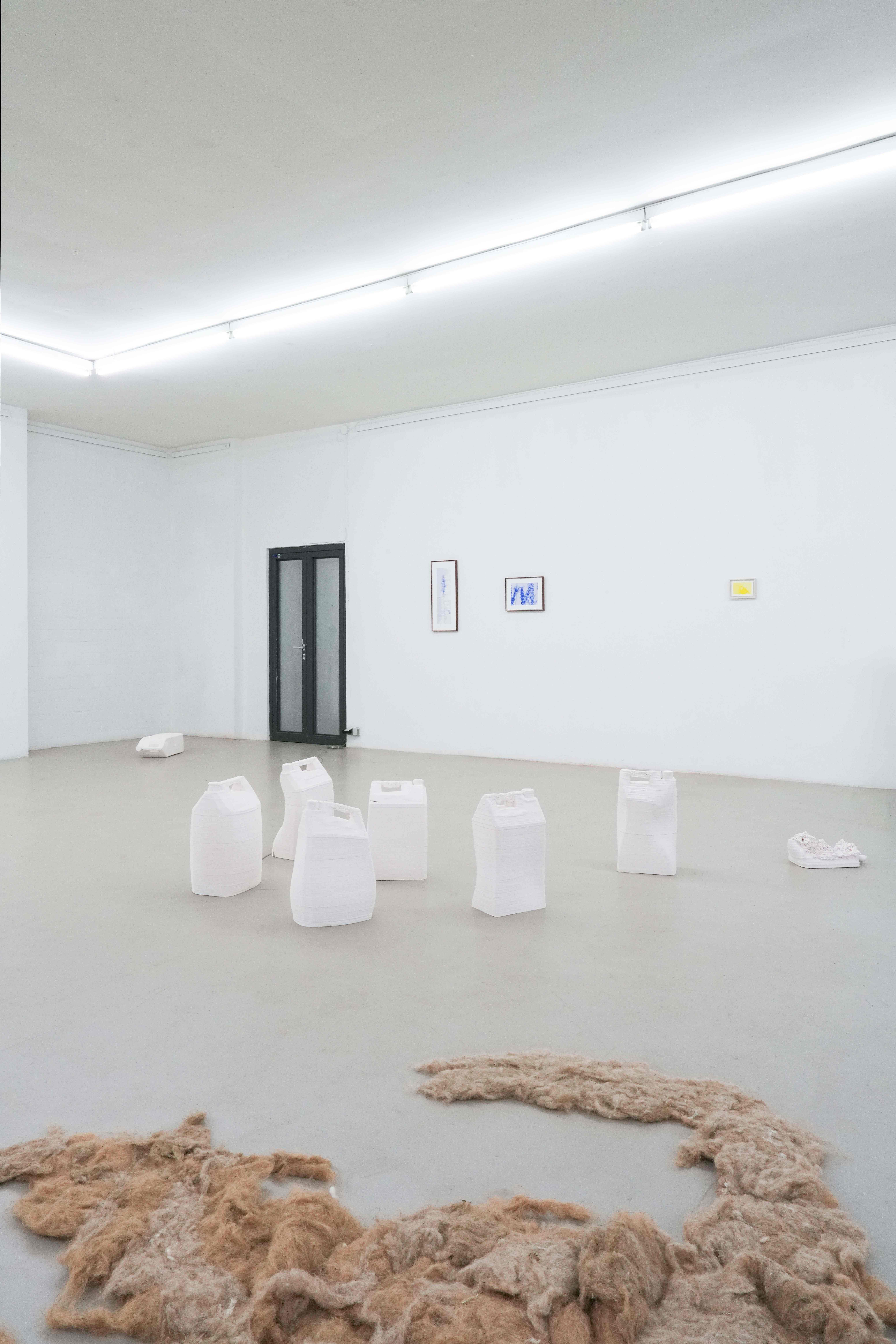
Elisabeth Moch and Jaewon Kim
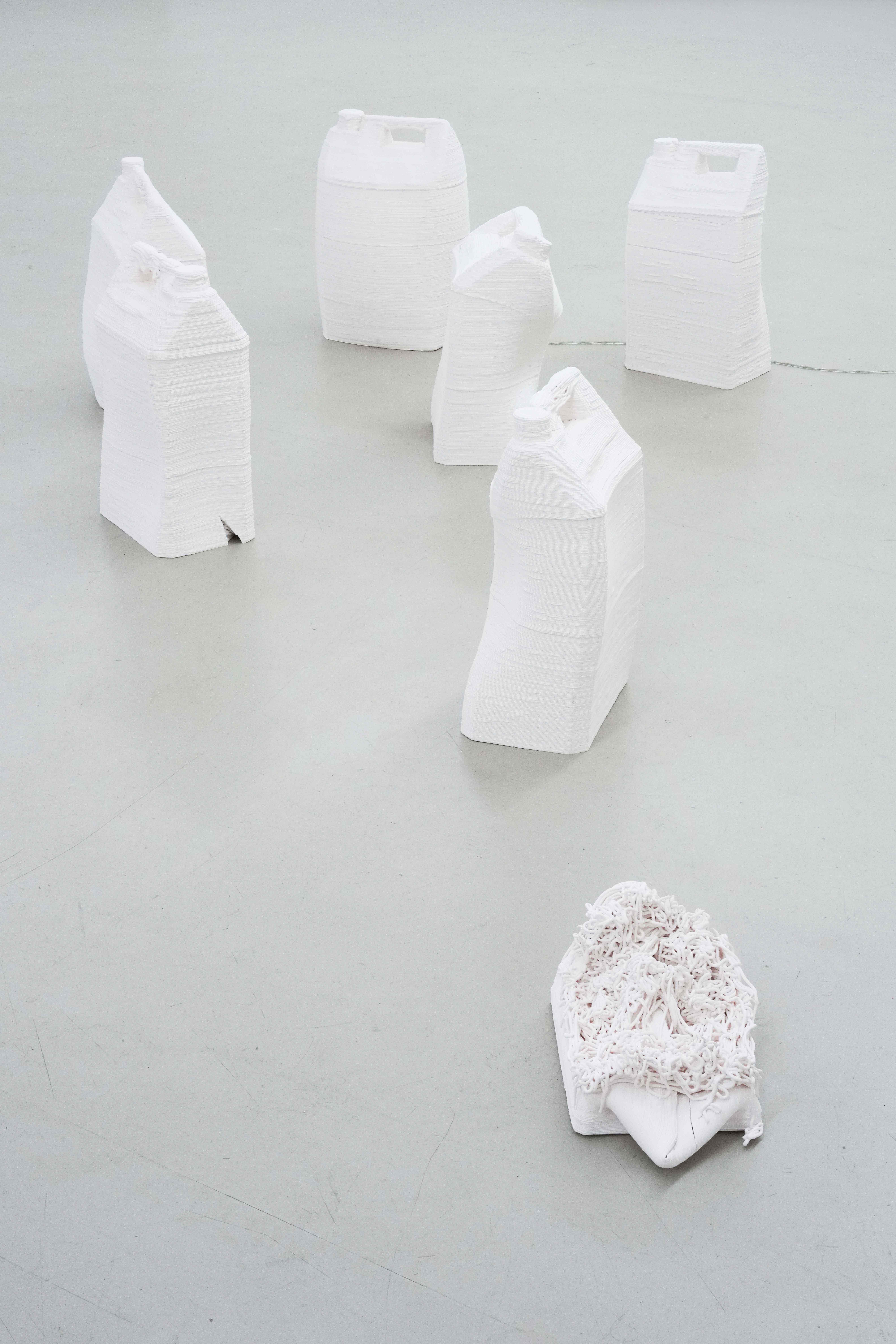
Jaewon Kim
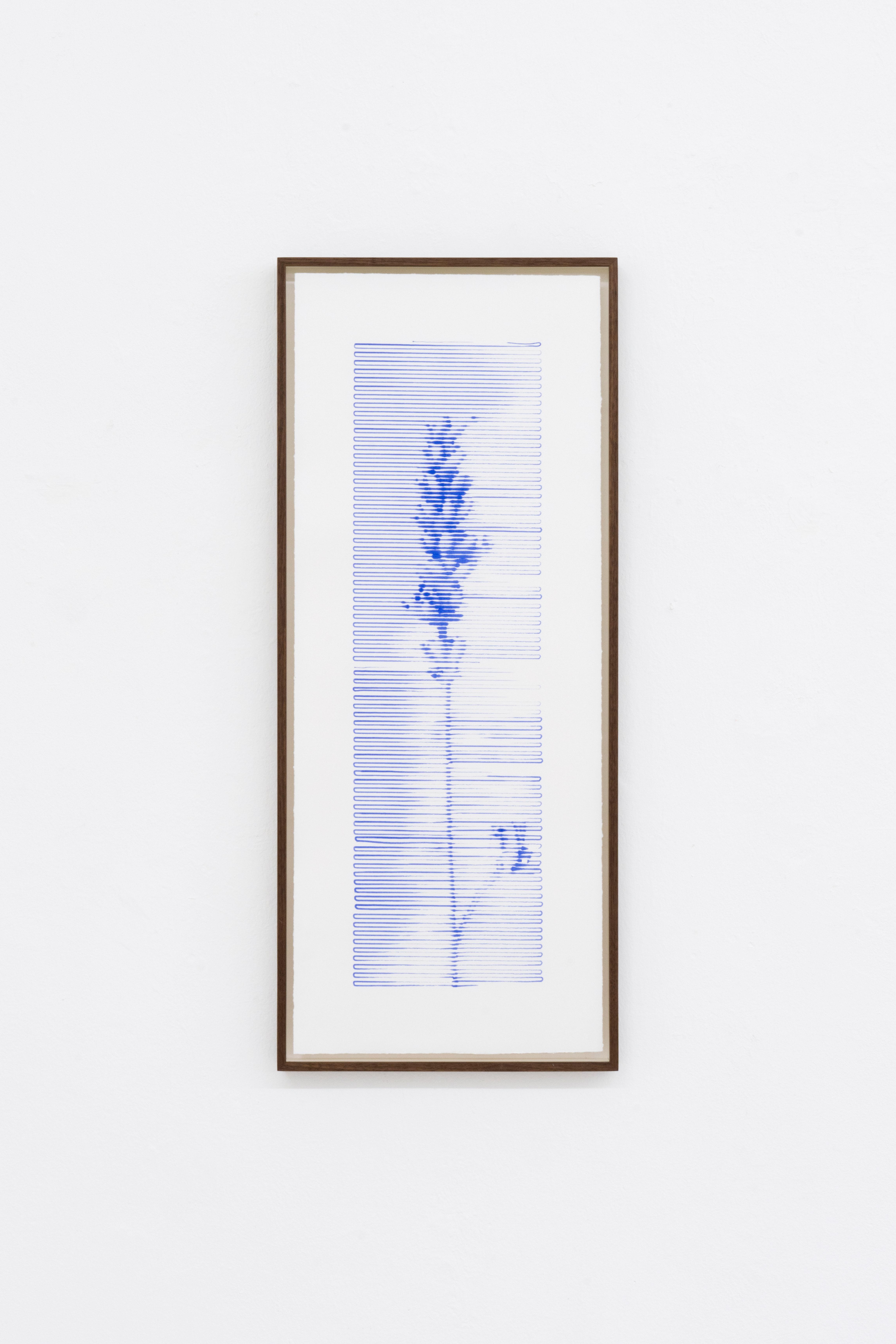
Jaewon Kim
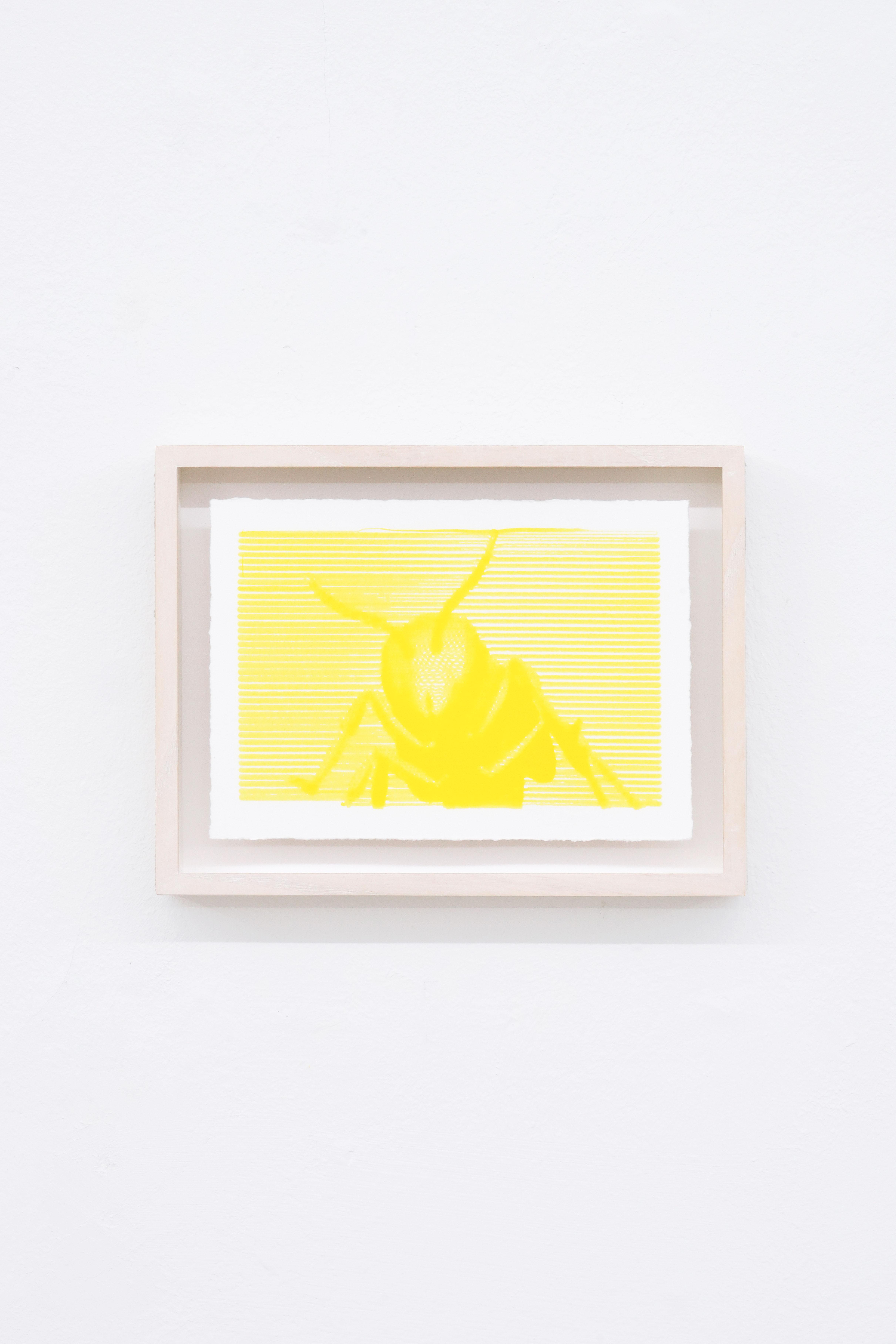
Jaewon Kim
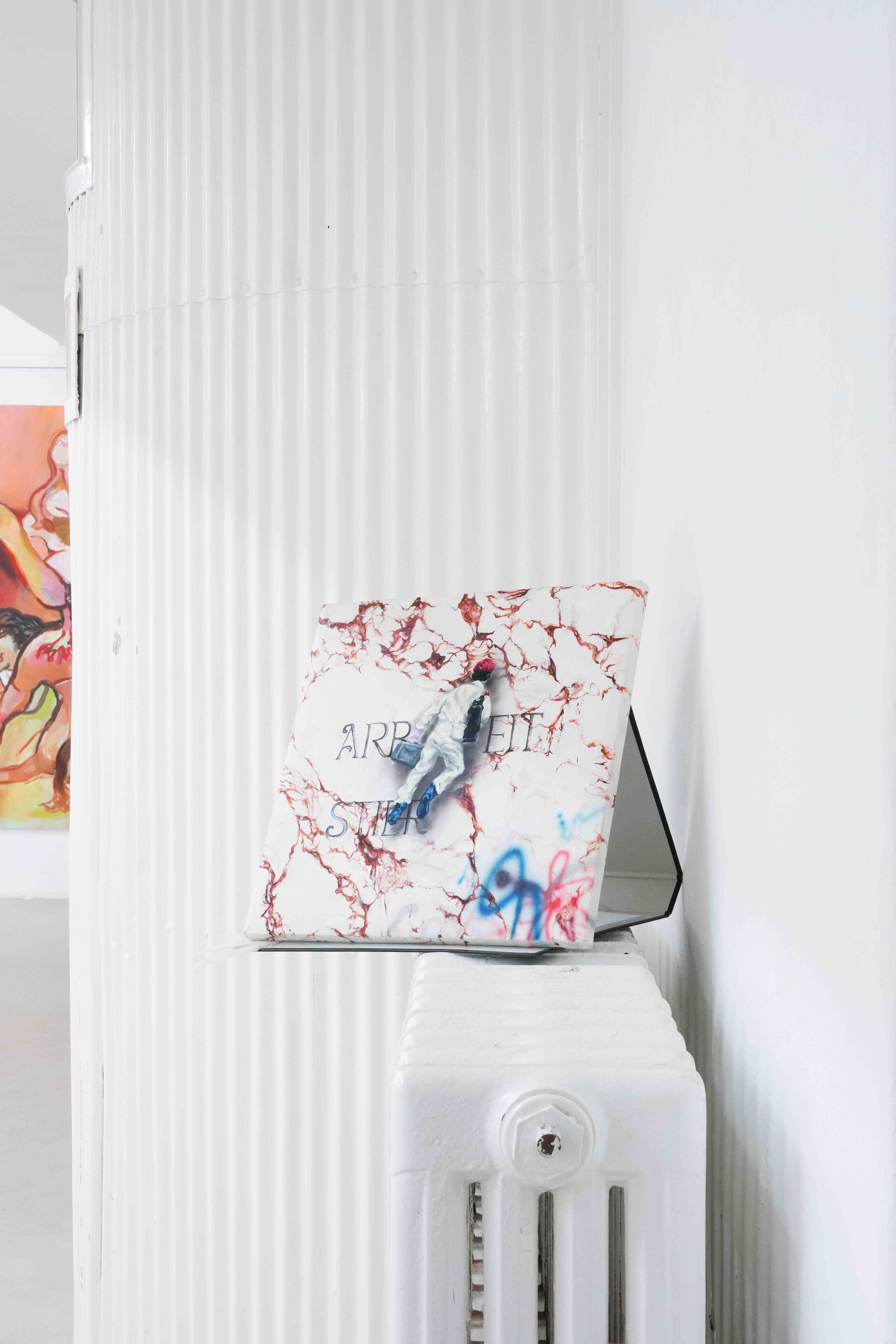
Lena Mai Merle
Healing and pain are close companions of human existence. Regeneration demands energy, suffering is often relieved by a messy recovery process, growing is exhausting.
Four artists accentuate different nuances of the main motif –
Fleshy visceral paintings that almost taste like sweat. Ritualistic sculptures that celebrate material as form. Intricately crafted tapestry and a tale of the burned-out curator. Technofeudalist visions of sleek augmented desire production. Paradoxical realities composed of insects, pesticides and plants. All is designed for simultaneous success and failure, buzzing with prevalence and loss.
Healing and pain are corporeal. Healing and pain are ideological. Healing and pain are inscribed into art production. Healing and pain are described for art consumption. Healing and pain are components of desire – promising catharsis to each other again and again. Healing and pain are ambiguous and brittle. Healing and pain are powerful motors. Healing and pain are never final. So how to get over it?
(...)
Text excerpt by Sasha Levkovich
(…)
Is it an intersection?
Chiao-Han Chueh visualises such ambiguous, open questions about mechanisms of togetherness and care in painterly feminised bodies that intertwine, holding and supporting each other, stretching across her picture surfaces. The titles Hope We Once Leaped Over Like This (2025), Handstand in Memory and The Weight of the Skull (2025) hint at the figures' relationships with and among each other. Their contours almost shimmer around the bodies in various poses and movements, holding them together, against possible shame, in an intermediate state of desire and physicality, strength and vulnerability - above all in emotional connection. These forms of interconnectivity relate not least to intrinsic feminist and queer concerns that emphasise modes of relating and the resulting resilience.
Is it all about togetherness?
Jaewon Kim's ceramic installation Empty Canisters (2025), consisting of 3D printed porcelain sculptures and a cinematic intervention, transforms the very clear and angular form of the pesticide canister into organic shapes made of lines and curves from the printing process. So-called pesticides are not only contradictory in terms of sustainability, but also in the decision as to what they should protect and what they should destroy; after all, ecosystems are shaken by them. In dialogue with this, the wall works Only Blue Remains on the Paper (2025) show drawings of lavender plants which, with their blue colour, pick up on the ingredients of many pesticides and question the long-term consequences of human actions on nature and the environment.
Is it too late?
The series of works The Office (2024, 2025) by Lena Mai Merle refers to visual concepts of user experience design (UX design), which graphically attempts to guide the viewer through a narrative or an interactive interface. In doing so, they guide behaviour, provoke intuitive actions and satisfy moments of recognition. The image surfaces in the series show collage-like fragments of such displays, which offer intuitive navigation options in the face of potential stress, acceleration or excessive demands. They are lined with hands, abstract backgrounds or references such as a quote from Sigmar Polke. The painting installed on the opposite wall with a file Arbeitstier (2023), on the other hand, refers to a collaboration with a curator and a past project dedicated to questions of collaboration, production conditions of collaborative work and shared dreams.
Is it me?
Elisabeth Moch felts the at first glance ambivalent material of nettle wool into an expansive, fragile object that settles in the room like a growing structure or a furry protective coat. The plant is primarily associated with a strong physical reaction and pain when touched, but also with healing powers or even magical abilities. Mock Turtle (2025) combines various seemingly contradictory aspects, in the case of the nettle plant, healing and pain, external touch and internal effectiveness, the image of a tangled web that sticks together and connects - and yet possibly harbours dangers, magic and dreams, human bodies and their surroundings.
Is that it? Is it over or has it just begun?
Text excerpt by Anne Meerpohl
Sasha Levkovich // Anne Meerpohl



